Pair of etchings and drypoint etchings signed in pencil, framed format 29cm by 21cm,
other engravings by Chahine are on sale, possibility of grouping shipments Edgar Chahine began his studies in Constantinople where his father was one of the directors of the Ottoman bank. His teacher was the painter Milkon Tiratzuyan who advised him to continue his artistic training in Italy. In 1892, he was a student in Venice at a high school run by the Mkhitarist brothers, and at the same time he took lessons from the painter Antonio Paoletti and the sculptor Antonio Dal Zotto at the Academy of Fine Arts. permanently in Paris in 1895. He enrolled at the Académie Julian, then he exhibited at the Salon des artistes français from 1896 to 1899, notably the series La Vie lamentable, paintings featuring the poor. As early as 1897, his engraving Étude de gueux, exhibited at the Bodinière gallery, was noticed by the critic Loÿs Delteil and the print dealer Edmond Sagot. In 1900, his engravings earned him a gold medal at the Universal Exhibition in Paris, then in 1903, another at the Venice Biennale, an event that paid him a retrospective tribute in 1924. He was naturalized French in 1925 and decorated of the Legion of Honor in 1932. After having somewhat abandoned oil painting in favor of etching, he began working with tempera in 1933. His first illustrated book was Histoire comique d'Anatole France (1905). Subsequently, he illustrated works by Octave Mirbeau, Gabriel Mourey, Colette, Gustave Flaubert, Jules and Edmond de Goncourt or Paul Verlaine. Since 1967, thanks to the rediscovery of French engravers of La Belle Era by the American market and critics, the work of Edgar Chahine is very regularly exhibited in the United States. From 1994 to 2002, Pierre Chahine, son of the painter, animated a museum devoted to the work of his father in within the Saint-Michel de Crouttes priory near Vimoutiers (Orne).Public collectionsSan Francisco Museum.Yerevan Museum.Five Colleges and Historic Deerfield Museum Consortium.cf Wikipedia







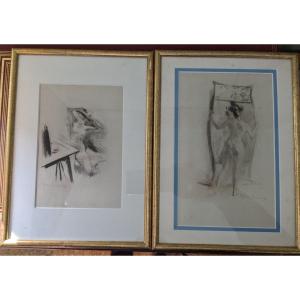






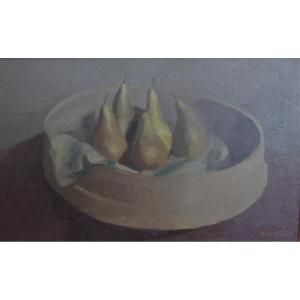
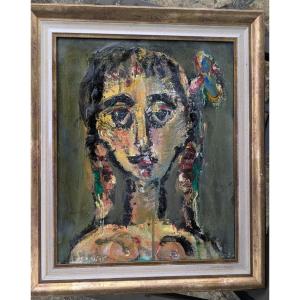
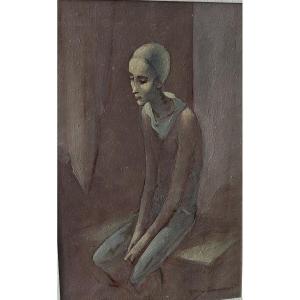
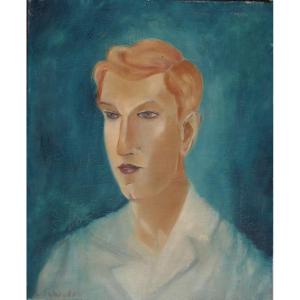




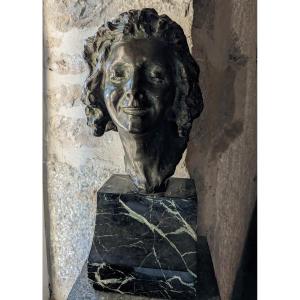


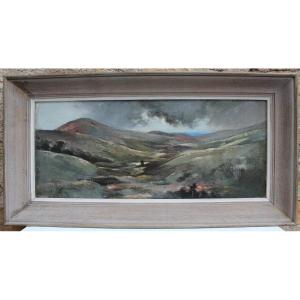




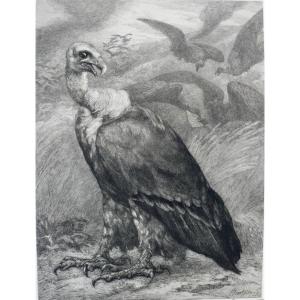






 Le Magazine de PROANTIC
Le Magazine de PROANTIC TRÉSORS Magazine
TRÉSORS Magazine Rivista Artiquariato
Rivista Artiquariato